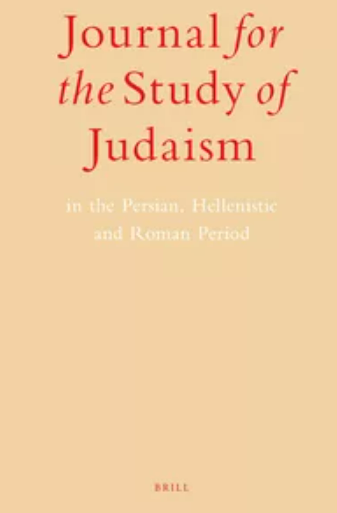https://doi.org/10.1163/15700631-bja10069
학자들은 종종 칠십인역에서 대명사가 빈번하게, 특히 후치(後置)되어 사용되는 것에 주목하며, 이 두 측면을 번역 기법이나 번역가들의 능력과 연관 짓는다. 본 논문에서 필자는 칠십인역의 대명사 용법이 원전(source text)의 간섭보다는 후기 고전 그리스어의 발달과 더 관련이 깊다고 주장한다. 필자는 특히 통사론 및 어순과 관련된 대명사 용법에 초점을 맞추어, 번역 기법에 대한 전통적인 접근법이 칠십인역의 언어적 특징에 대한 우리의 이해를 제한해 왔음을 보이고자 한다. 그리고 칠십인역을 후기 고전 그리스어를 반영하는 텍스트로 보는 접근법에서 제기되는 질문들, 즉 칠십인역의 대명사가 번역가들의 교육적 배경과 번역 방법에 대해 무엇을 말해줄 수 있는가 하는 문제를 다룬다.
Scholars are often struck by the frequent use of pronouns in the Septuagint, particularly placed in postposition, linking both these aspects to the translation technique or the competency of the translators. In this article, I argue that pronominal usage in the Septuagint can be linked to developments in post-classical Greek more so than to interference from the source text. I focus particularly on pronominal usage in relation to syntax and word order to show that the traditional approach to translation technique has limited our understanding of linguistic features in the Septuagint, and deal with questions that arise from an approach to the Septuagint as reflective of post-classical Greek, namely, what can pronouns in the Septuagint tell us about the educational background of the translators and their translation methods?






